Greening the Central American Dry Corridor: Watershed Restoration in Nicaragua
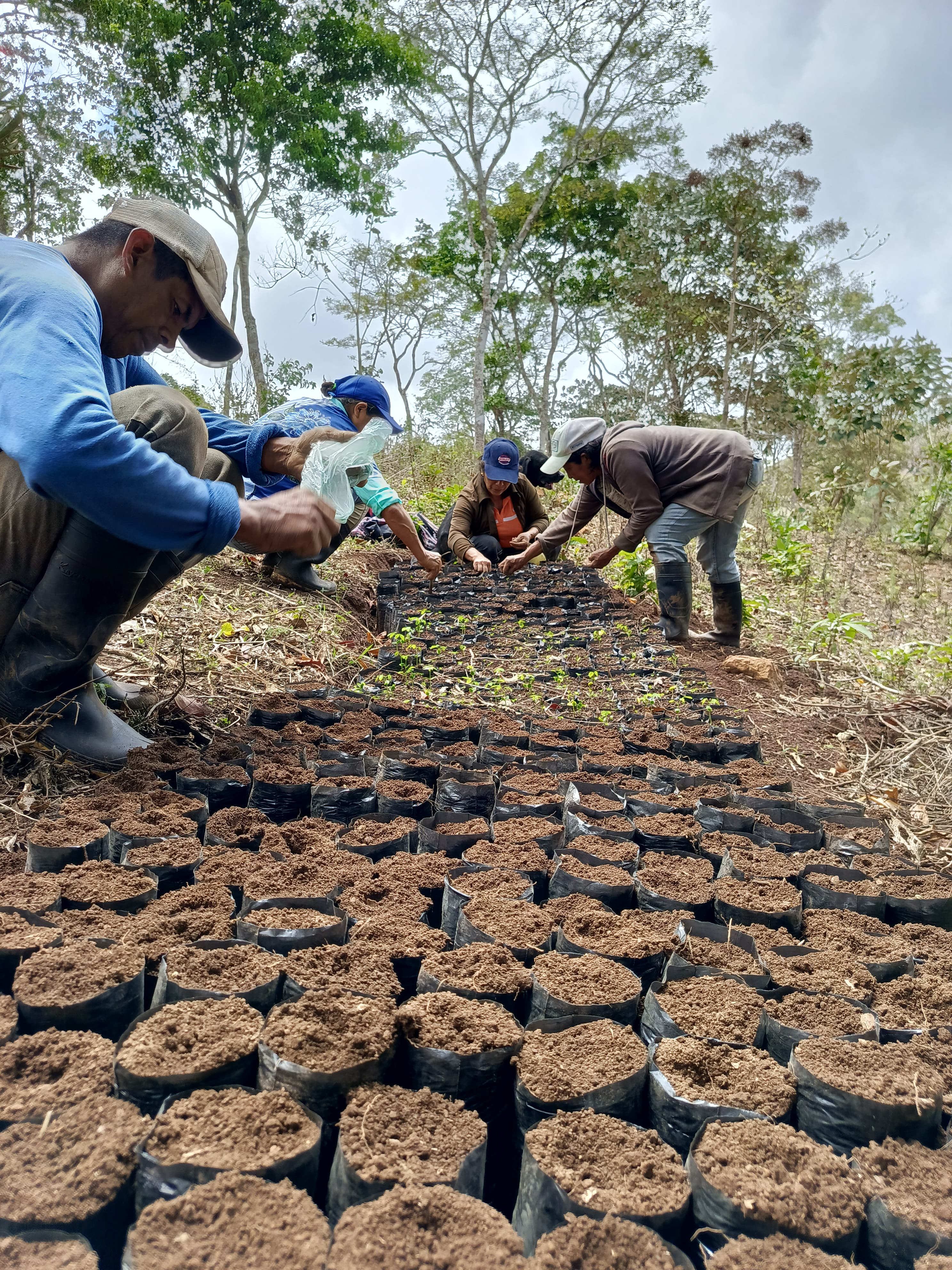
The Central American Dry Corridor is one of the world's most at-risk regions to climate change. A large expanse of tropical, dry forest spanning six countries, it is home to 11.5 million rural people, including the community of Tierra Amarilla in Camoapa, Nicaragua.
Nestled amidst patches of broadleaf forest at an elevation of 800 meters above sea level, Tierra Amarilla is a community determined to increase the density of its existing forest, restoring it from degradation. Ever-worsening drought and erratic rain patterns from El Nino have disrupted community water sources and turned the land arid.
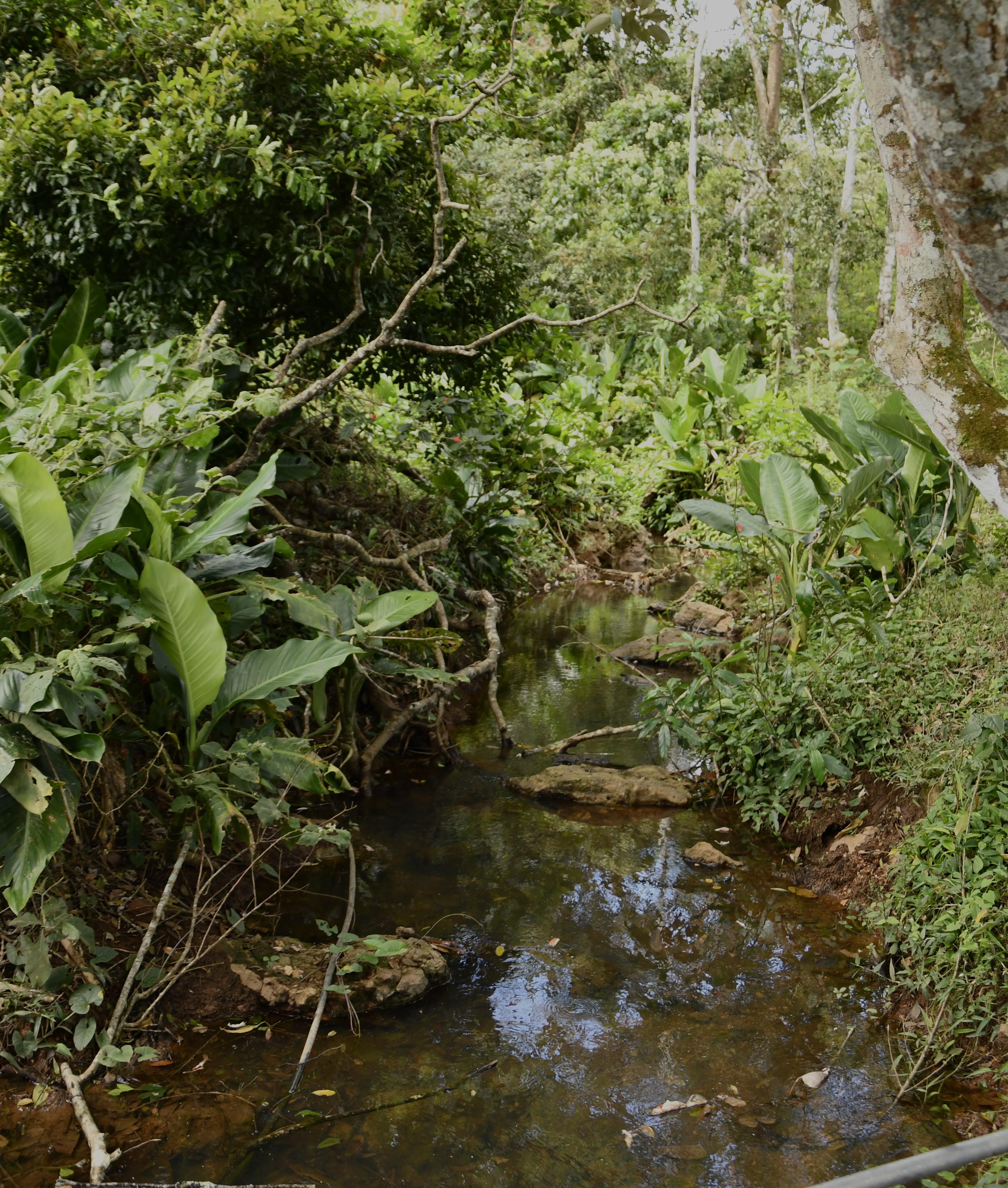
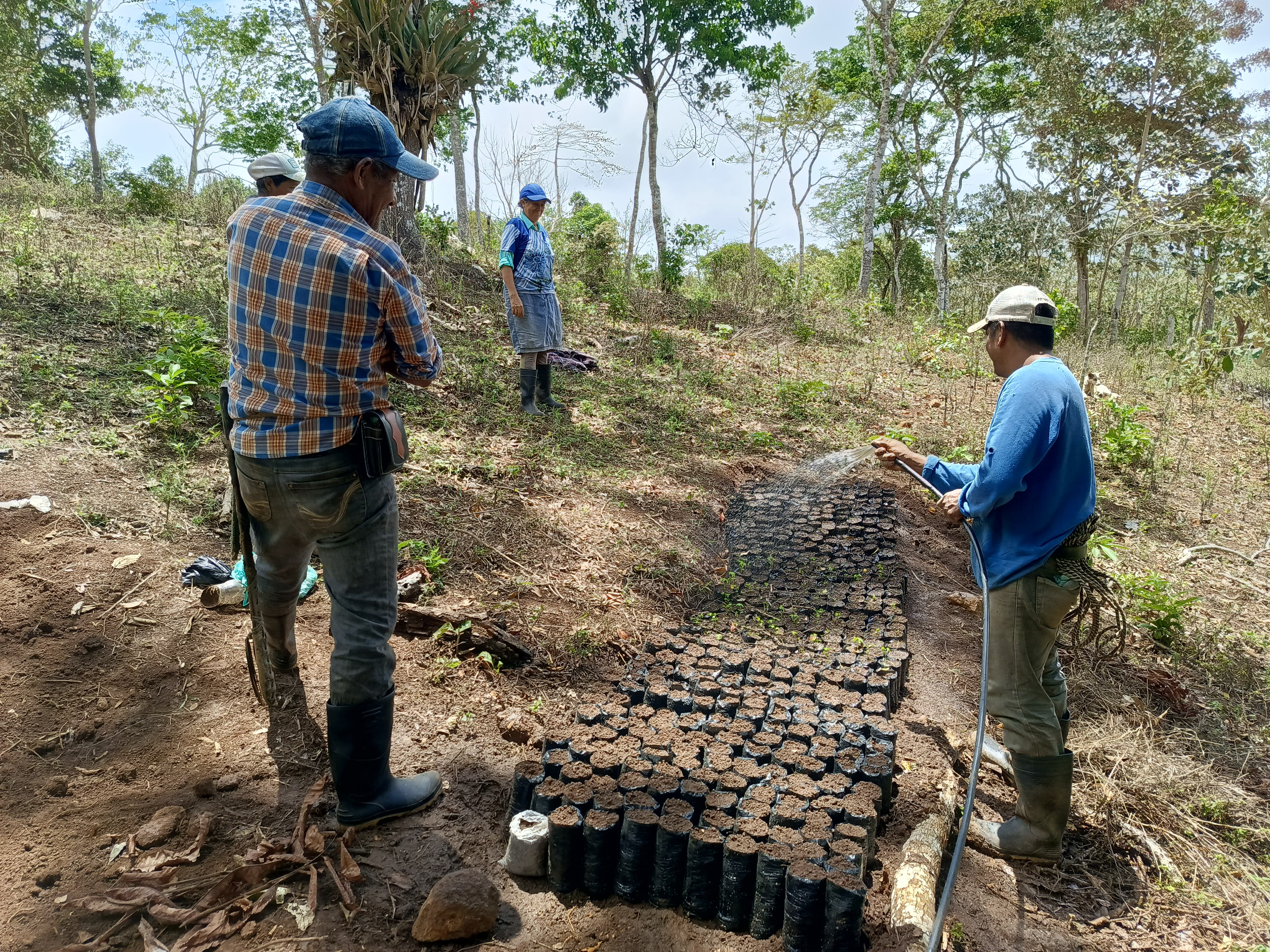
.jpeg)
Working alongside the organization El Porvenir and with support from 1treelion, reforestation began in 2022, with 10 hectares planted, equivalent to 23,000 trees. For the current project, the community has identified a specific area for restoration, which features a stream running through it. With 453 trees growing in that area, around 14 community members have taken part in the efforts, filling planting bags, sowing seeds, caring for the nursery, and carrying out reforestation work with El Porvenir technical support.
Since the first plantings, community members have happily shared how the local wildlife population has increased—more deer, birds, rabbits, and agoutis have been seen returning to the area.
“For us at El Porvenir, it is an honor to be part of the organizations working with 1treellion and the Open Forest Protocol ecosystem. Knowing that the producers we’ve worked with for years can receive financial compensation for taking care of the forest motivates us even more because we know it’s a sustainable way to address climate change and break the cycle of poverty.” —Mario Garnier, Regional Watershed Supervisor, El Porvenir.
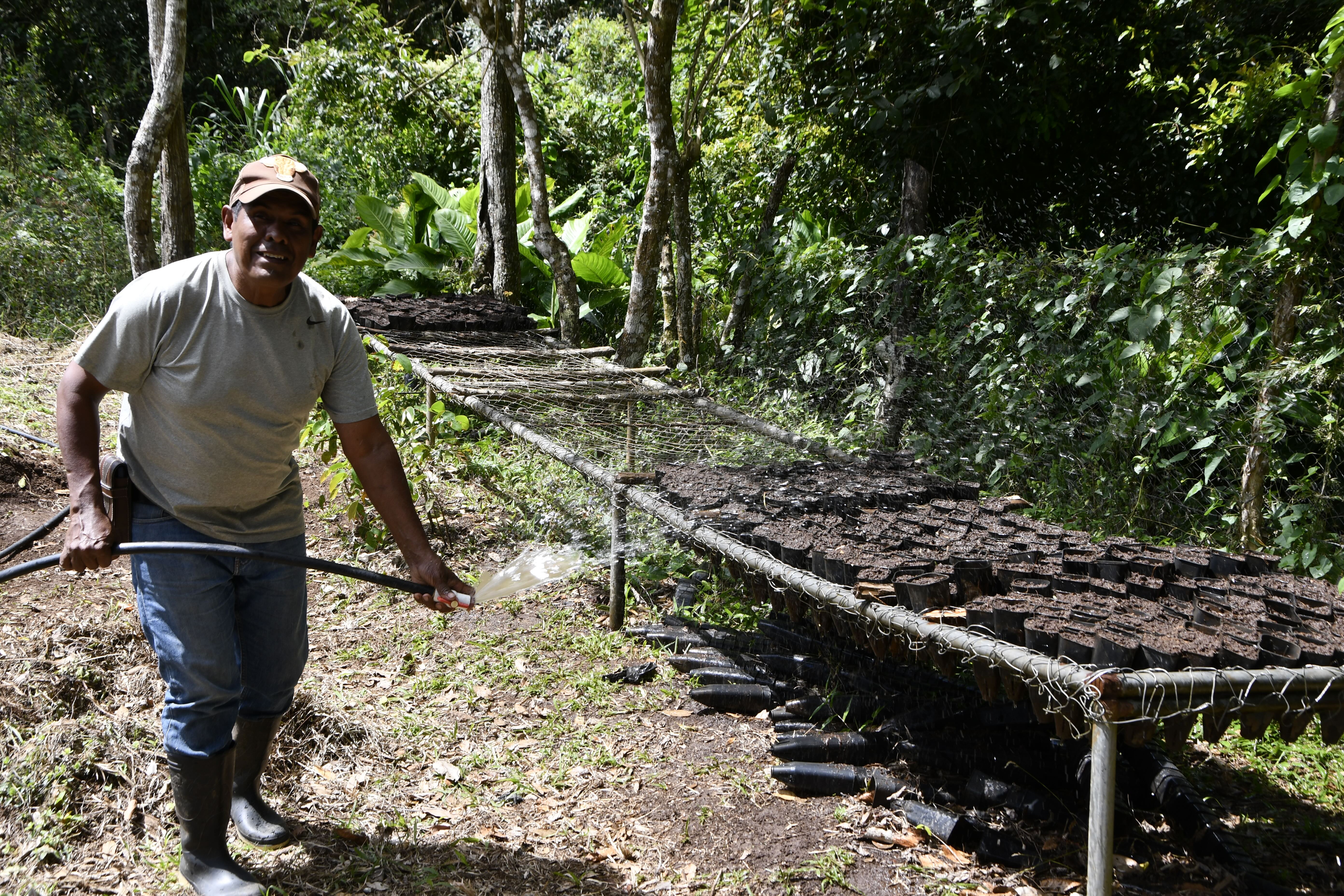
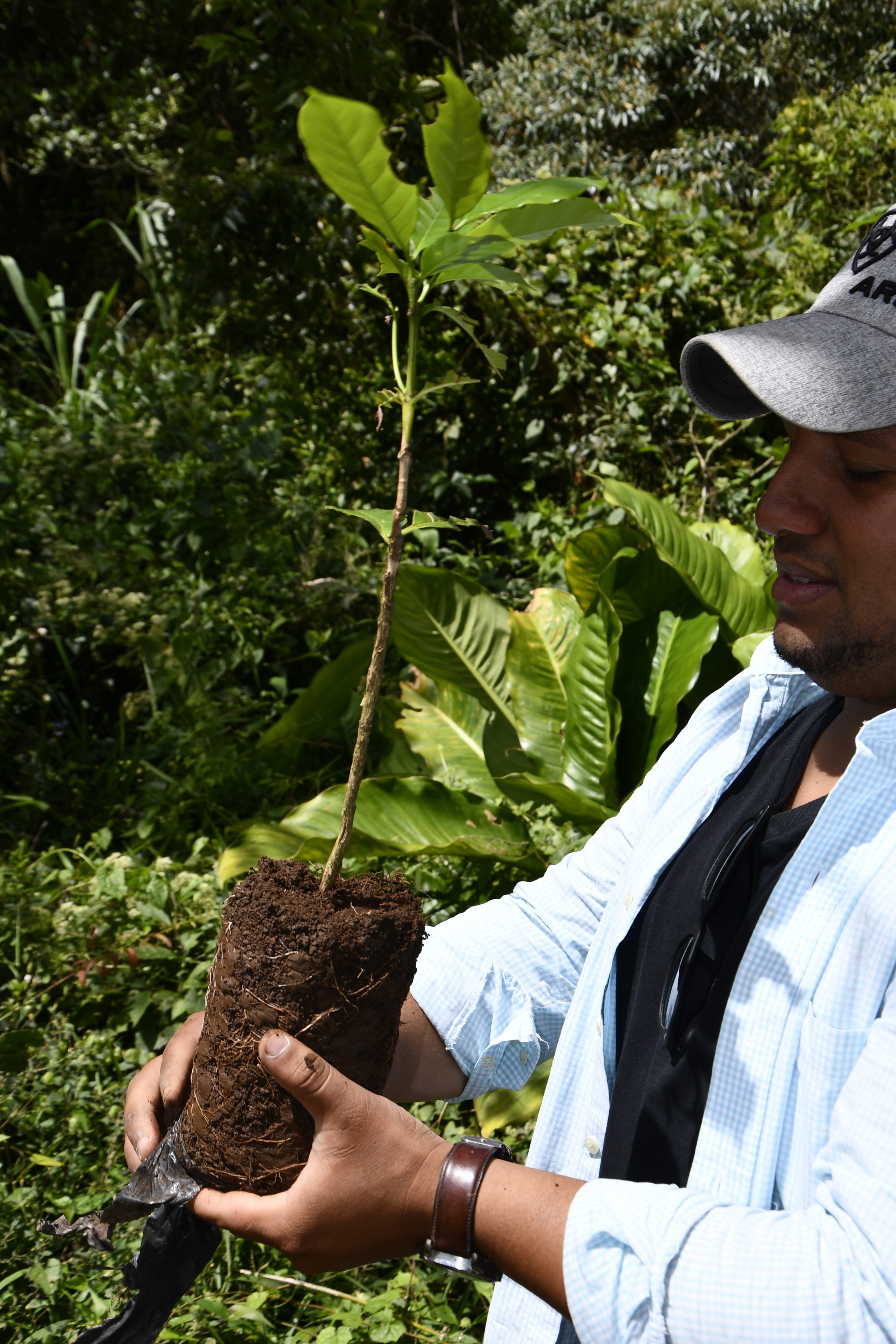
El Porvenir and the community of Tierra Amarilla are utilizing the Open Forest Protocol to track plant growth, particularly since the project is situated within a protected area. In the future, they hope to generate high-quality carbon credits to help with the transition of land from agriculture to thriving forests. One of the main challenges has been convincing farmers to use their land for tree planting instead of crop planting. Today, farmers take part because they understand the need to protect their water sources, but with an additional incentive, they will undoubtedly be even more committed. In the medium term, they will begin to see other benefits for themselves, their families, and their communities.
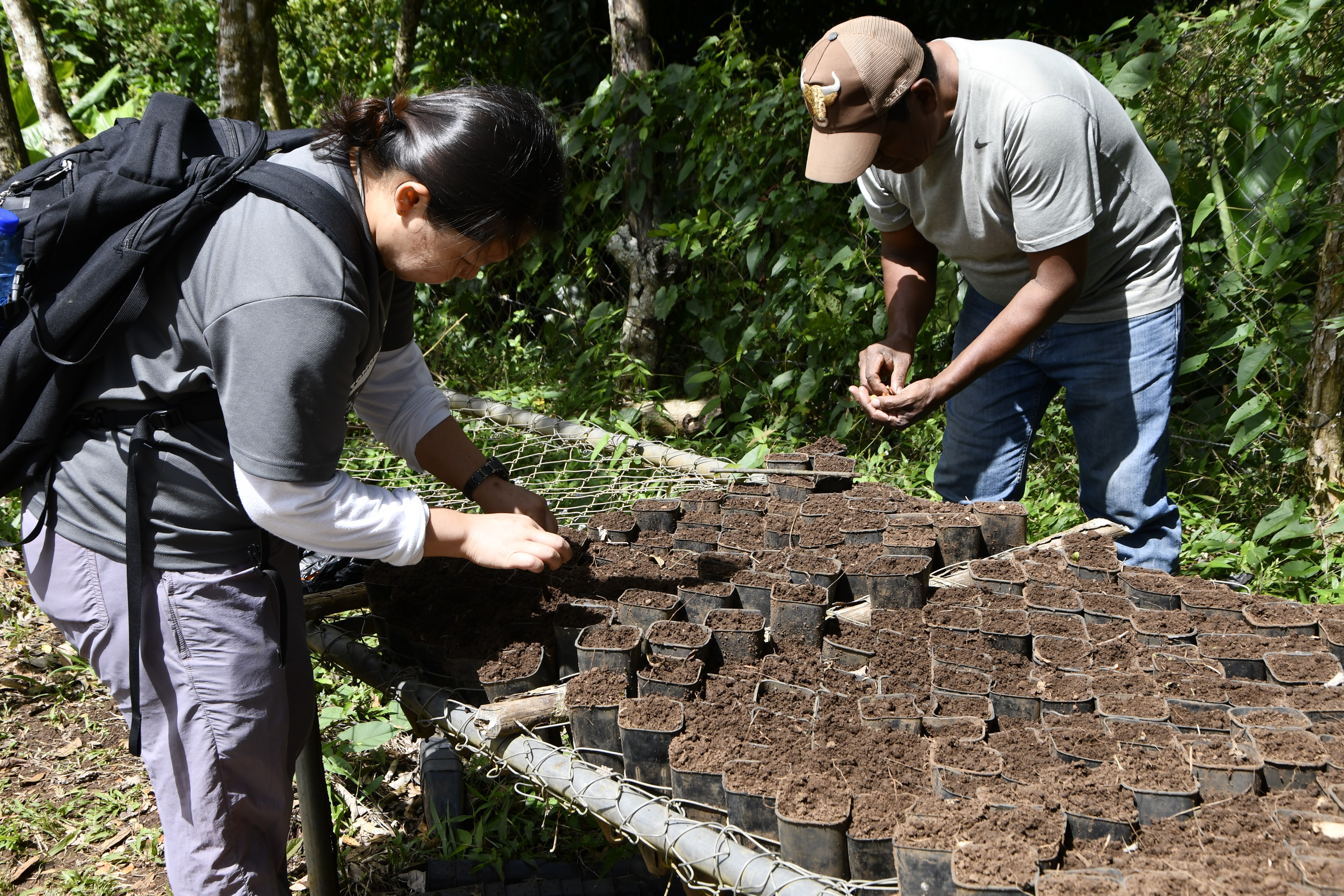
Track the growth of Tierra Amarilla’s restoration project on the OFP Atlas, and visit their website to learn more.
Get the freshest news
Sign up with your email address to receive fresh news and updates.


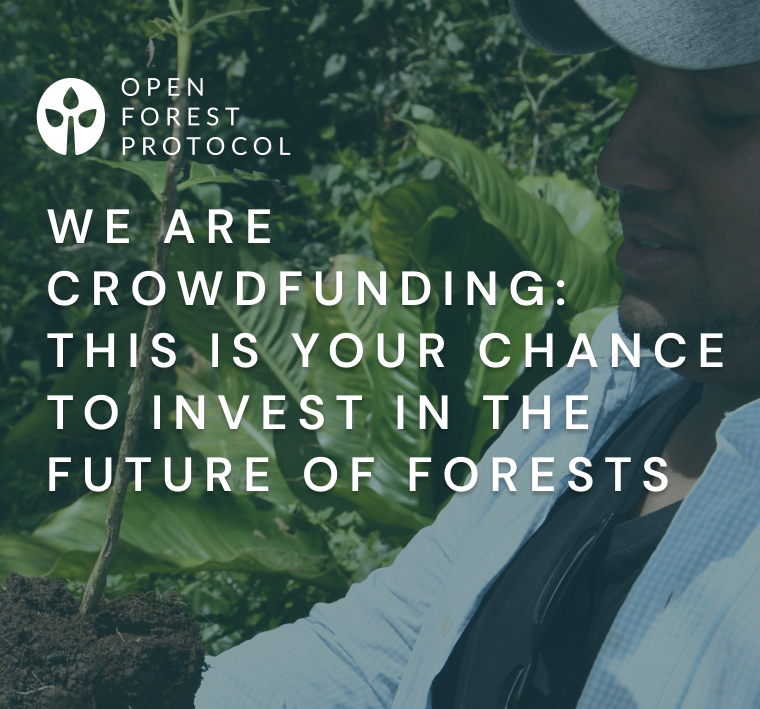


.png)



